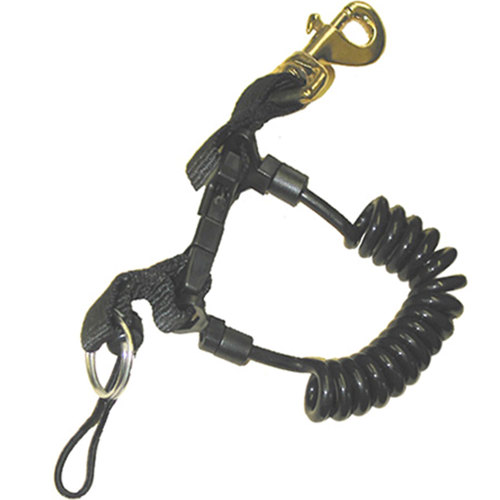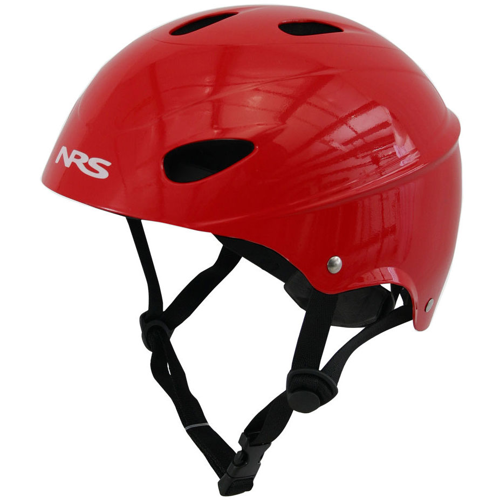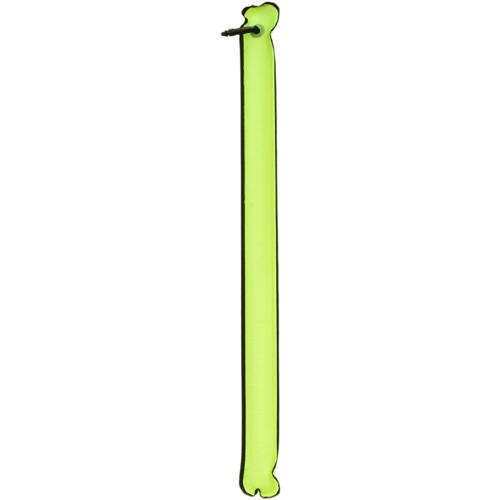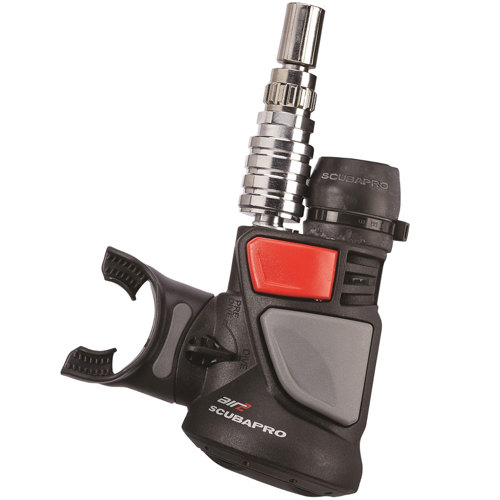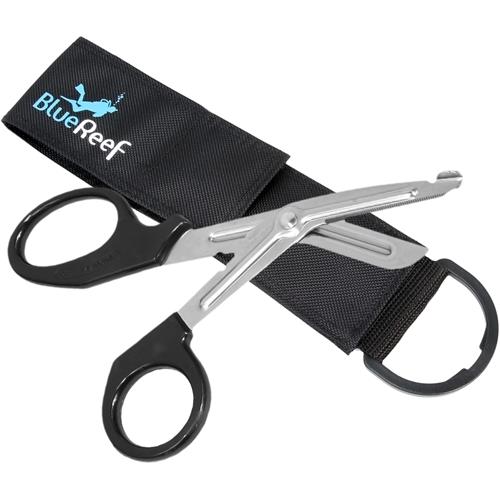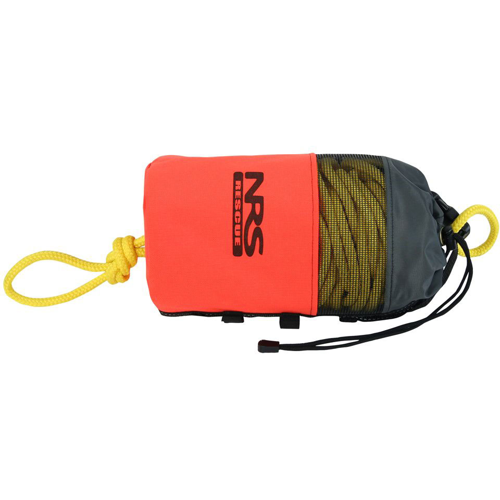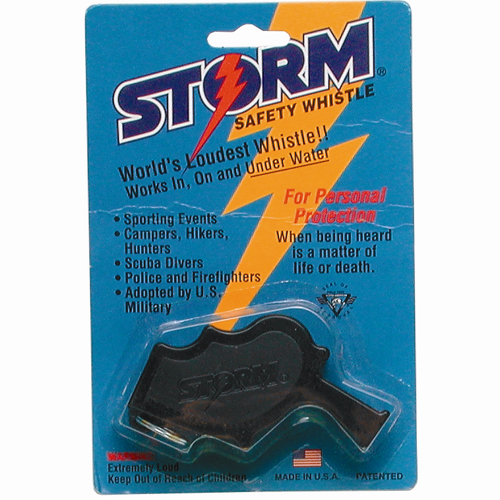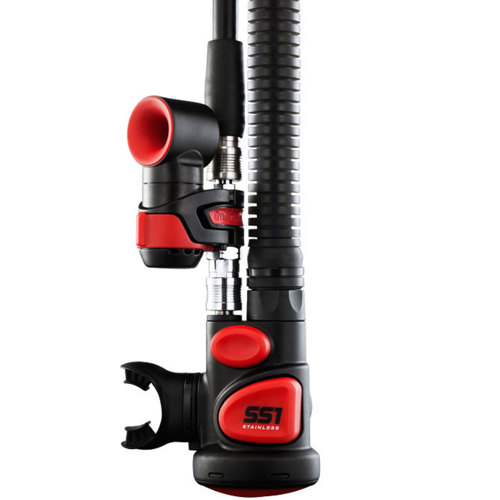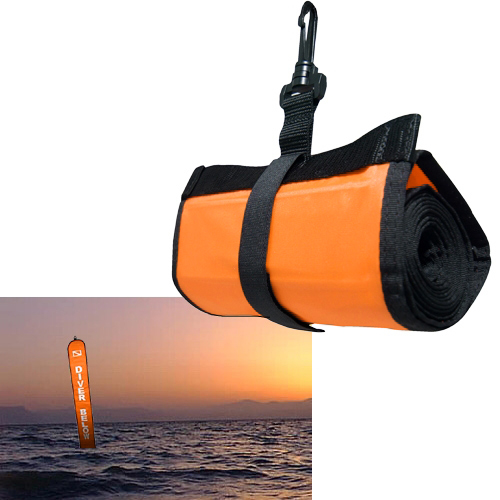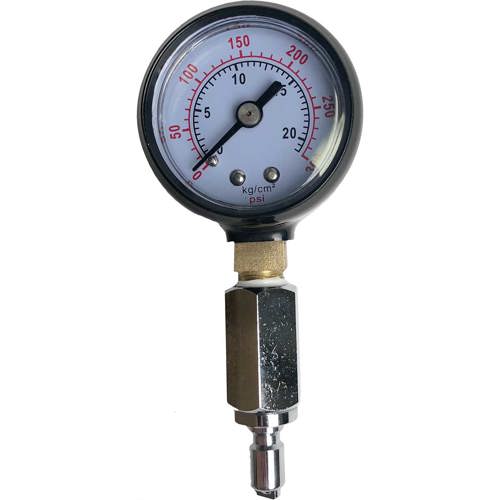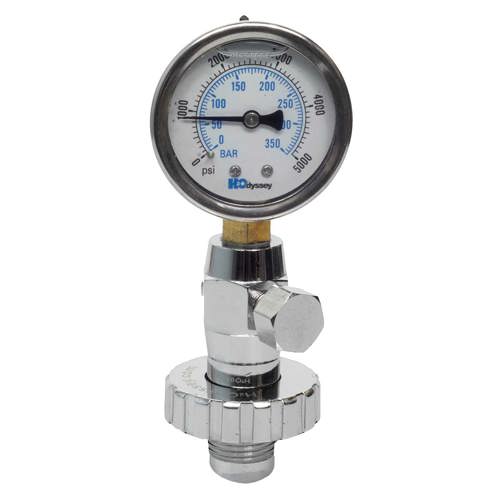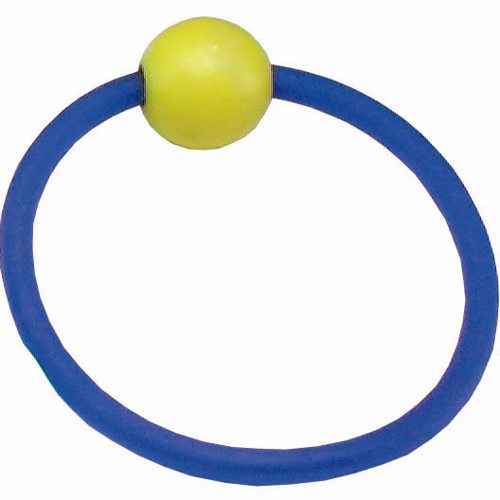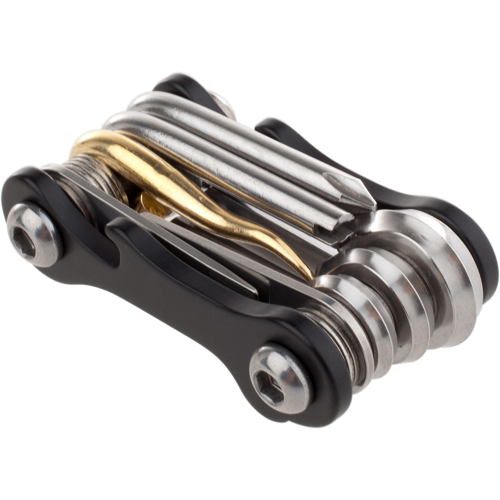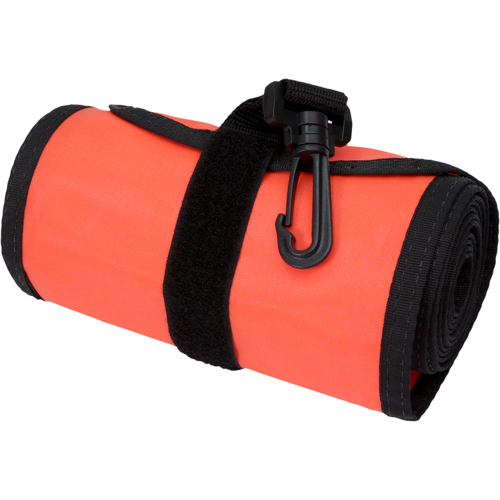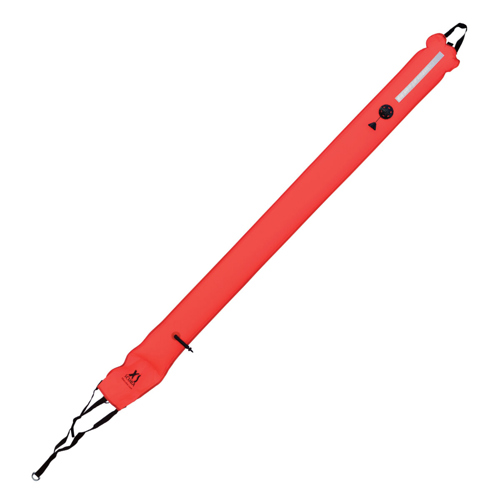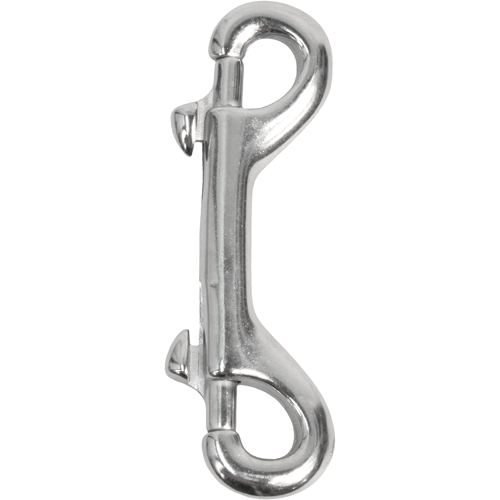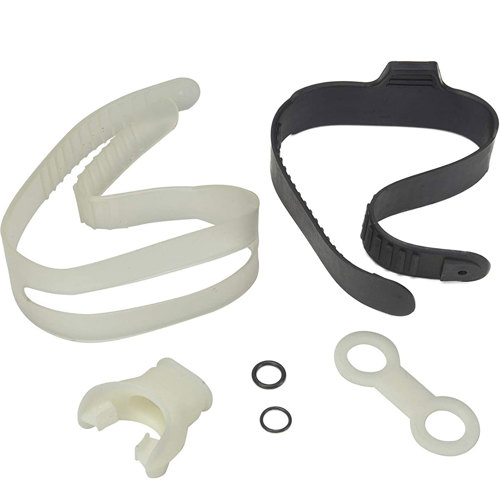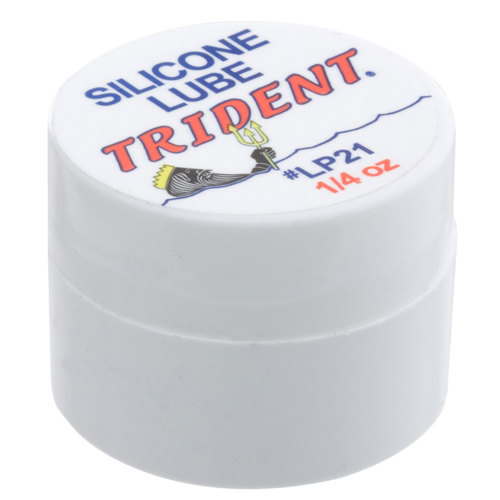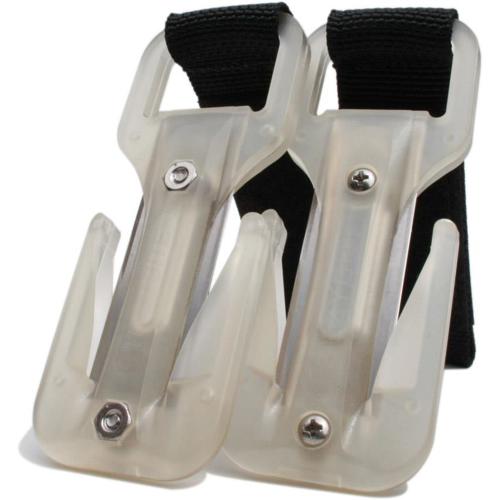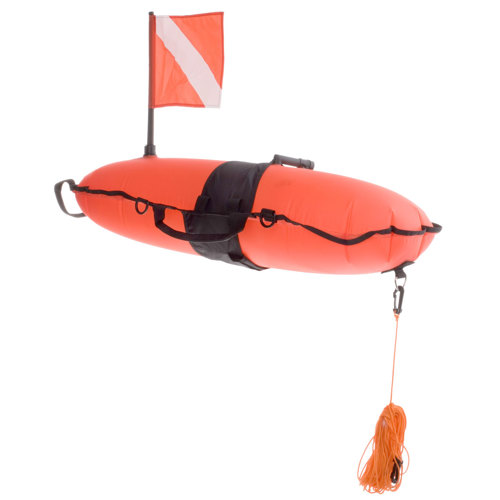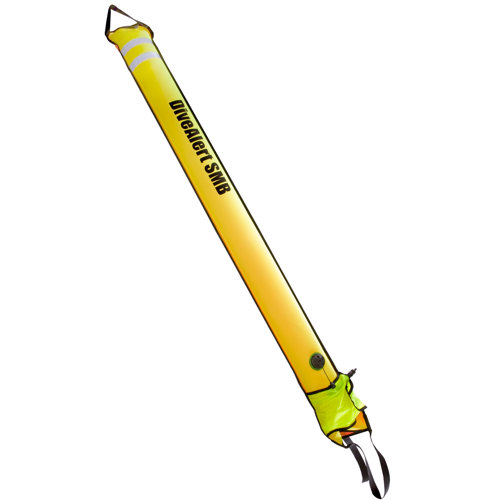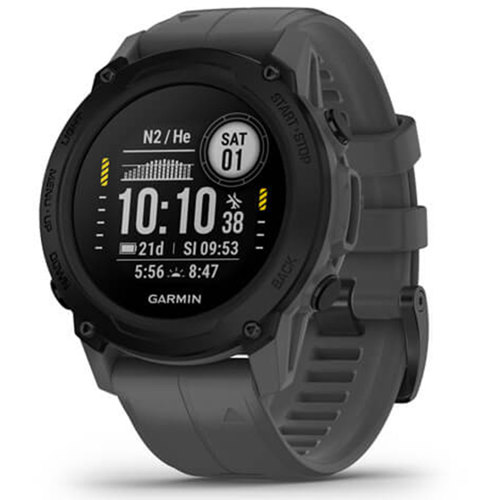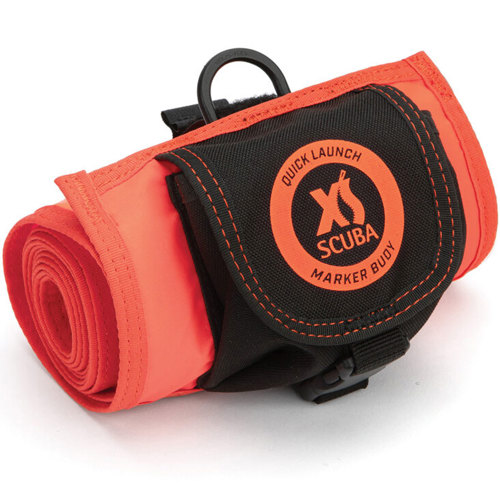Diving safety tools for experts represent a specialized category of equipment designed to meet the demands of advanced underwater exploration. For seasoned divers who regularly venture into deeper waters, challenging wrecks, or unpredictable current zones—especially during the busier late summer months—these tools are not just accessories, but essential companions that support complex dive planning and execution. Advanced signaling devices, redundant air systems, and precision instruments are all carefully selected to match the diver’s experience, the dive environment, and the logistical requirements of each expedition. Unlike entry-level gear, these safety tools are engineered with features that cater to the nuances of technical diving and the realities of remote or high-risk settings. For example, surface marker buoys (SMBs) and reels are indispensable for controlled ascents and decompression stops, providing a clear signal to surface support teams even in rough seas or low-visibility conditions. Dive computers, with their robust algorithms and customizable settings, offer real-time tracking of depth, dive time, and no-decompression limits, helping to safeguard against decompression sickness while allowing for the flexibility that experienced divers demand. Redundant air supplies, such as pony bottles or alternative air sources, offer peace of mind and practical backup during extended penetrations or when exploring overhead environments, where direct access to the surface is limited.
These advanced safety tools are often chosen by divers who have already invested in foundational training and are looking to enhance their risk management strategies. They also make thoughtful and practical gifts for dive instructors, technical diving enthusiasts, or anyone preparing for a milestone trip—such as a liveaboard adventure or an expedition to a renowned wreck site. Many experienced divers keep a dedicated spares kit in their gear bag, stocked with O-rings, spanners, and spare batteries for torches, ensuring that minor equipment failures never compromise a carefully planned dive. Dive knives and cutting tools are another staple, ready to free a diver from unexpected entanglements with fishing line or kelp, while compact signaling devices—like whistles, air horns, and mirrors—can make all the difference when drawing attention in an emergency. For those exploring colder or more variable waters, thermal protection becomes a critical consideration, with advanced wetsuits or drysuits providing comfort and safety during longer bottom times. Buoyancy control devices, too, are selected for their reliability and fine-tuned adjustability, supporting precise movements and stable stops throughout the dive profile. Navigational aids and emergency locator beacons are invaluable for dives in remote locations, where quick and effective signaling can expedite rescue efforts. As the diving season peaks in August, with more divers taking advantage of optimal conditions, the importance of thorough equipment checks, regular skills practice, and adherence to established safety protocols cannot be overstated. Whether preparing for a solo technical dive or leading a group through a challenging underwater landscape, having the right safety tools on hand is a testament to a diver’s commitment to both personal safety and the well-being of their dive team.
Expert divers understand that preparation extends beyond equipment alone; it encompasses meticulous dive planning, including gas management strategies like the Rule of Thirds, and the continual refinement of emergency procedures. Even the most experienced divers benefit from regular practice deploying SMBs, using alternate air sources, and maintaining close communication with their buddies throughout the dive. Before every descent, a comprehensive inspection of all gear—checking for leaks, verifying air supply, and confirming the operation of critical systems—lays the groundwork for a safe and enjoyable experience. For those seeking to further enhance their readiness, staying current with the latest advancements in diving safety and participating in ongoing education courses are highly recommended. The tools featured in this collection are selected to empower divers to navigate complex scenarios with confidence, offering both reliability and adaptability in the face of evolving underwater challenges. For a focused selection of gear tailored to unexpected situations, the
Diving Tools For Emergencies page provides additional resources to complement your safety toolkit. As you continue to push the boundaries of your underwater adventures, investing in expert-level safety tools is a practical and responsible choice that enhances every dive, no matter how familiar or far-flung the destination.
Top Picks For Diving Safety Tools For Experts

